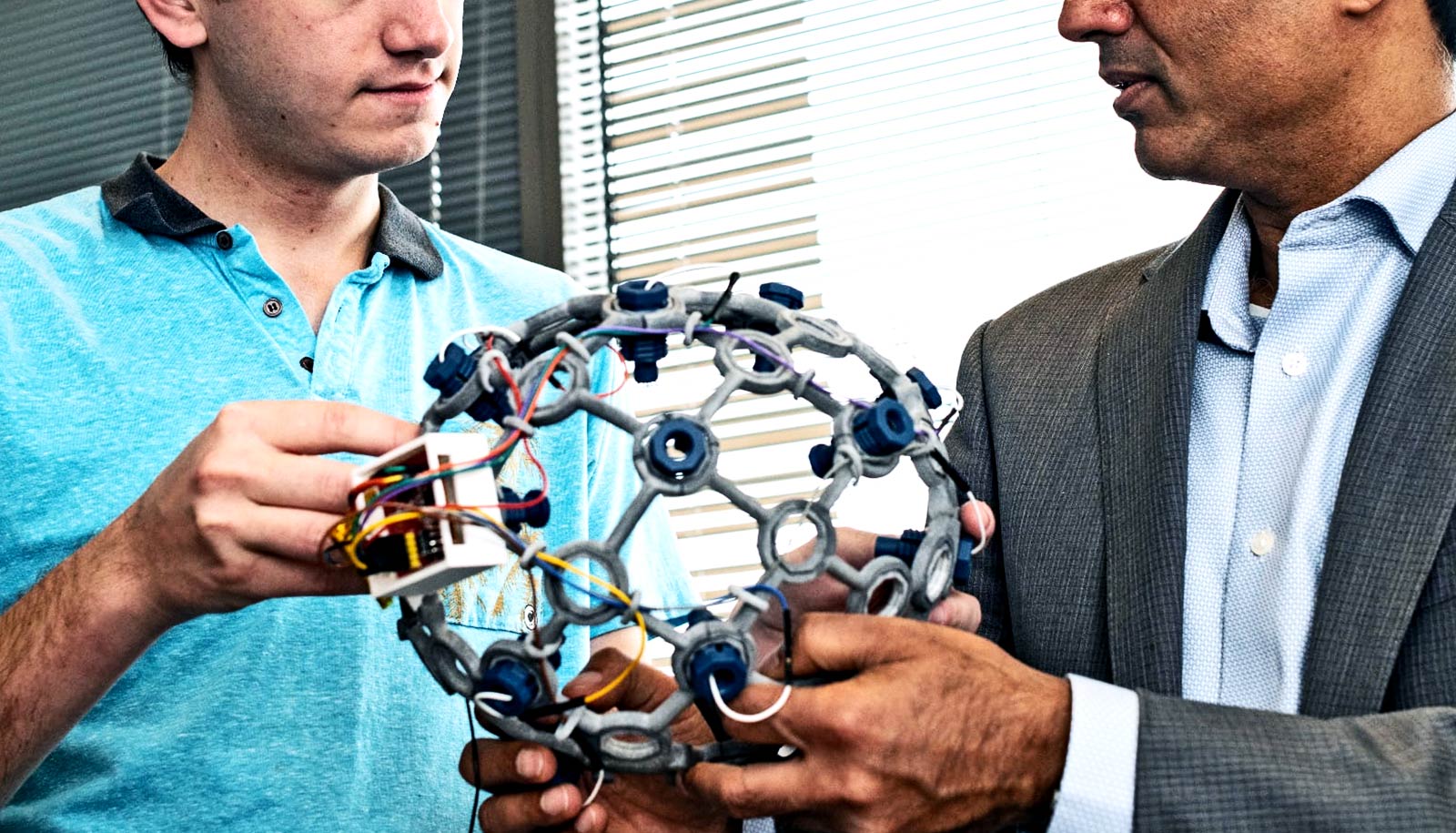For some people with epilepsy, inducing seizures is just as effective for determining their origin in the brain as those that happen spontaneously, a new study reports.
Surgery is the only way to stop seizures in 30 percent of patients with focal drug-resistant epilepsy. People awaiting surgery often stay in hospital for one to two weeks to record medical observations of seizures.
Recording the source of the seizure lets doctors know what part of the brain to operate on. But these long stays can be extremely inconvenient for patients and expensive for health care systems.
In approximately 20 percent of patients, doctors have to insert electrodes directly into the brain. Patients with inserted electrodes often undergo cortical stimulation, a procedure that applies electrical current to the brain to map brain function but also to induce seizures for better understanding of the epileptic network.
No study until now has systematically addressed whether relying on induced seizures for surgery planning works as well as relying on spontaneous seizures.
For the new study in the Journal of the American Medical Association, researchers looked at data from 103 epilepsy patients in Montreal, Canada and Grenoble, France. The researchers used statistical methods to reveal correlations between the presence of stimulated seizures and their onset zone and patient outcome.
Patients who had induced seizures had better outcomes than patients who had no induced seizures. The researchers also found a strong similarity between the seizure onset zones which induced and spontaneous seizures identified.
This finding suggests that inducing seizures is as effective for determining the origin of seizures in the brain as spontaneous seizures, the researchers say. Using induced seizures in this way could mean much shorter hospital stays for patients awaiting surgery, and cost savings for hospitals that perform these operations.
“I think it would be a huge advantage if this procedure was done in the first days of a patient’s stay,” says lead researcher Birgit Frauscher of the Montreal Neurological Institute and Hospital.
“It’s not a new procedure, but the approach is new in the sense that now we know it’s very similar to a spontaneous seizure, so we can reduce hospital time. Instead of being in hospital for two weeks, patients can may be there for 48 or 72 hours and we only need to record maybe one additional spontaneous seizures and not several, and that is a huge difference.”
The Canadian Institutes of Health Research, the Savoy Epilepsy Foundation, and Fonds de la recherche en santé du Québec supported the work.
Additional coauthors are from McGill and the Grenoble-Alpes University Hospital in France.
Source: McGill University



